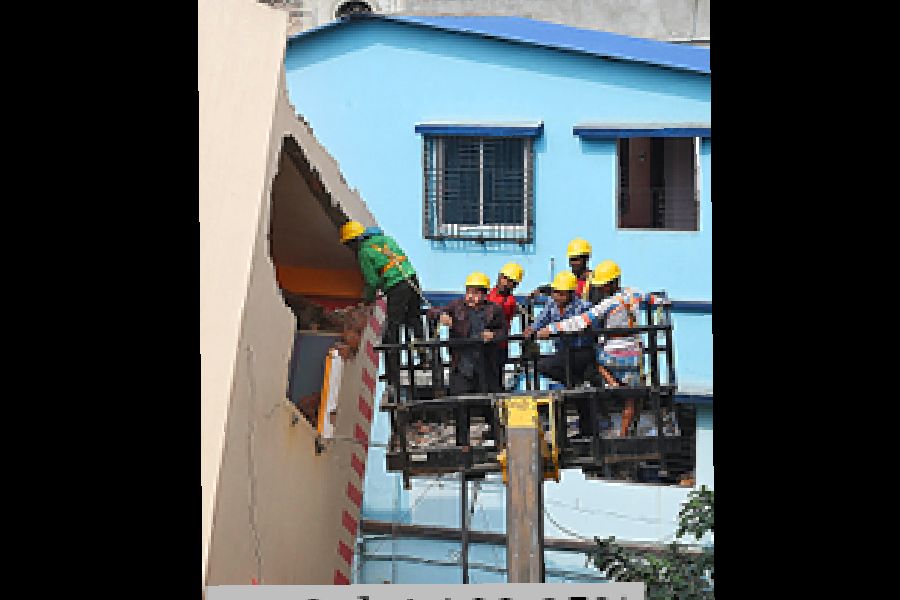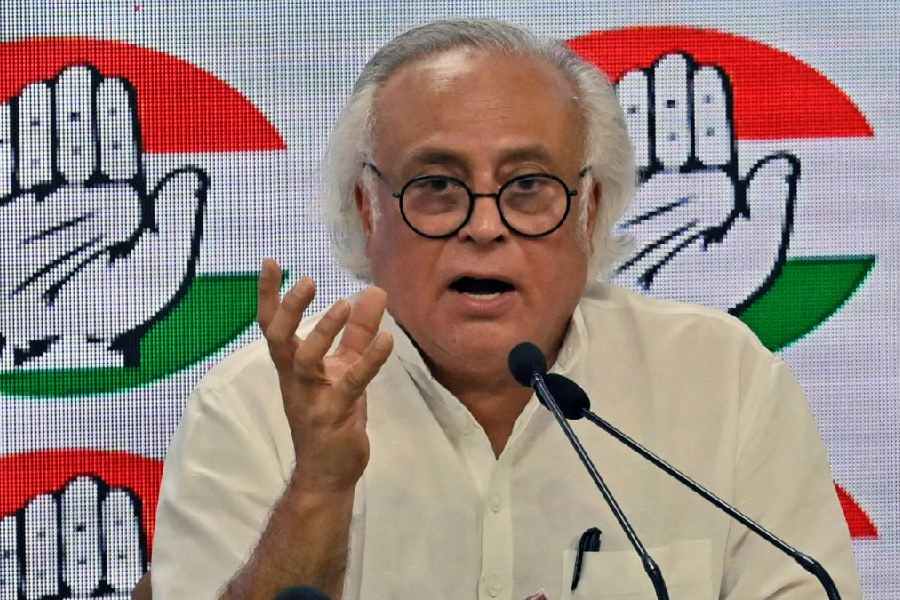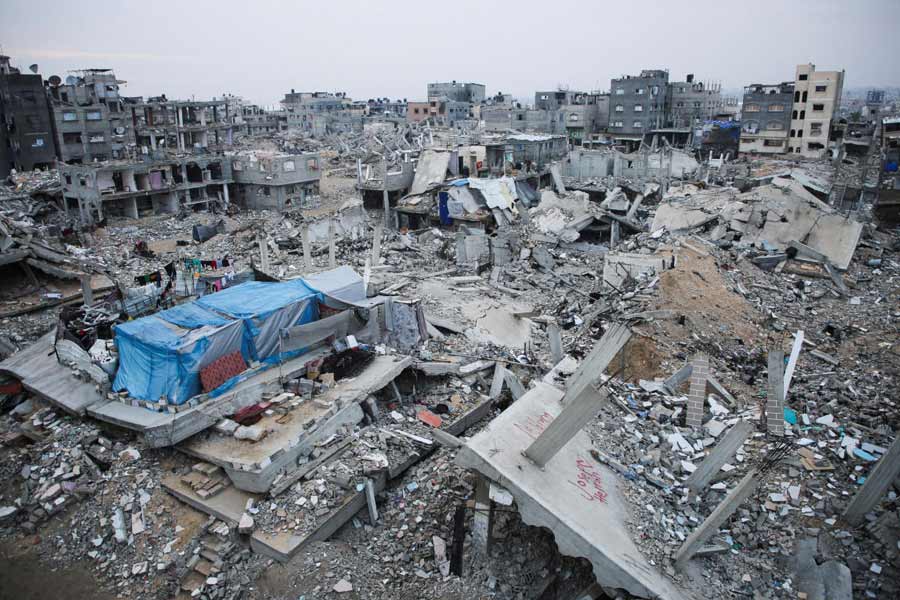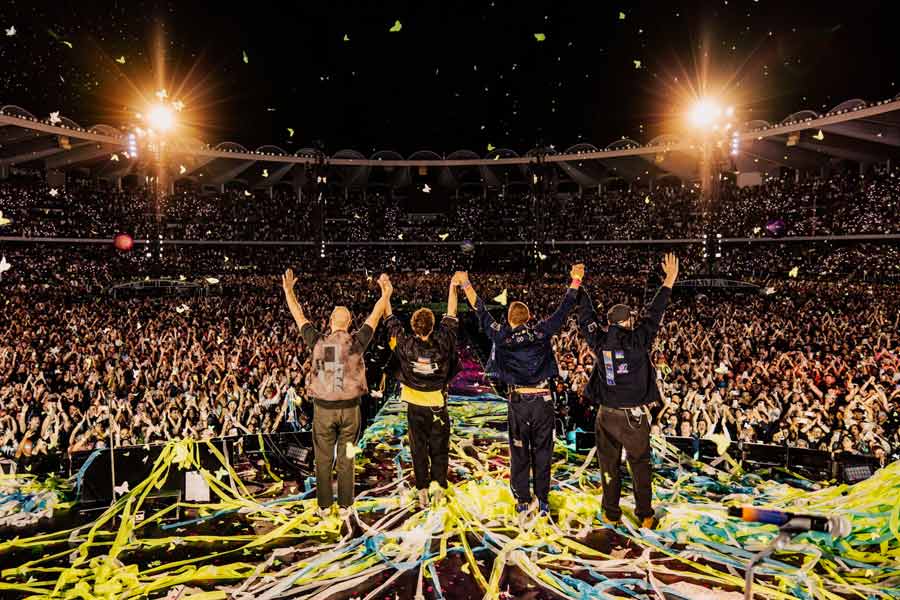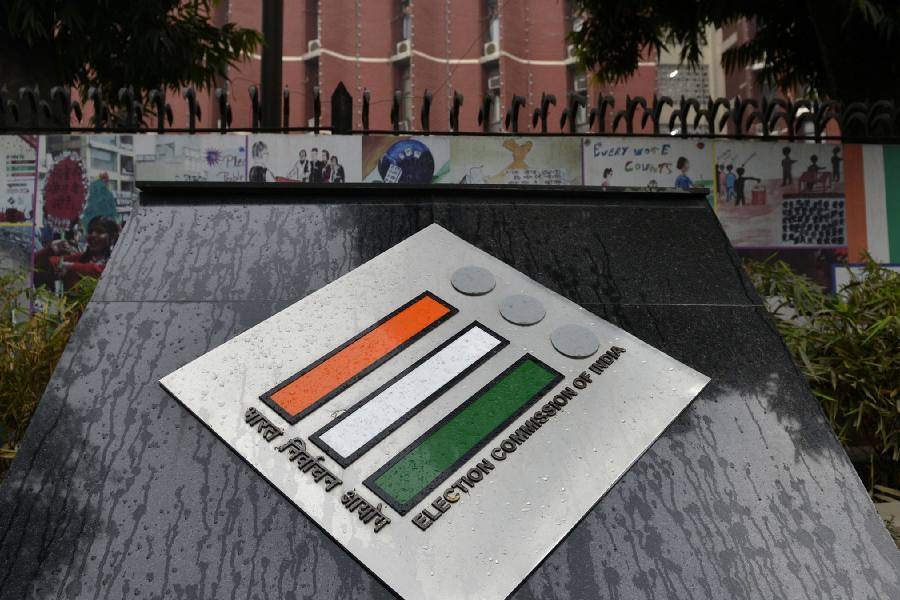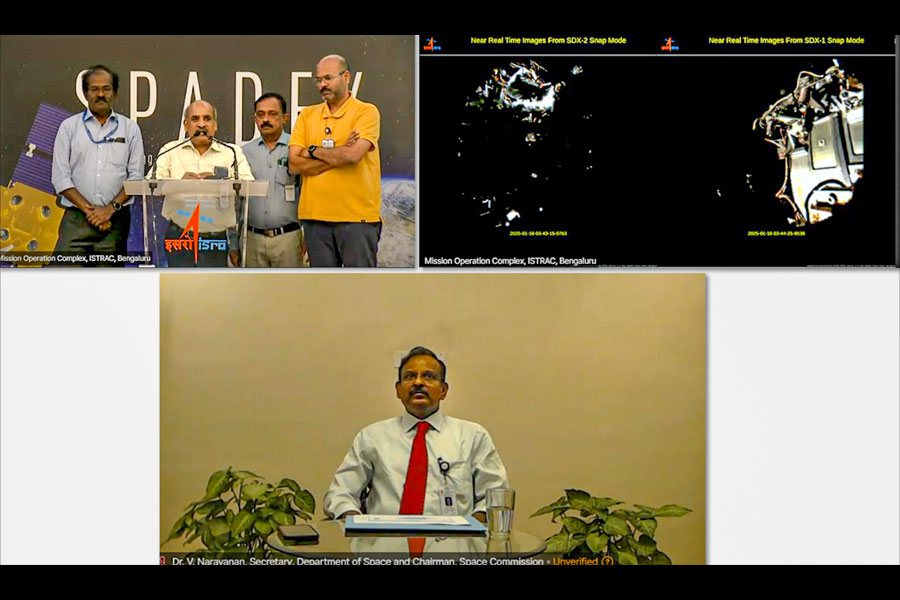Most houses in colony areas, where refugees from what is now Bangladesh set up homes on arrival, have been built without any permission from the Kolkata Municipal Corporation (KMC), mayor Firhad Hakim said on Wednesday.
He added that it had been a problem for many years and a legacy of the Left regime. The KMC has not been able to stop it completely, though many structures are coming up with permission from the civic body, Hakim said.
The mayor’s comment came a day after a four-storey building in Tollygunge’s Vidyasagar Colony, one of the pockets where refugees had settled, got tilted after its pillars collapsed.
KMC officials have said they could not locate any permit for the building, which had come up a decade ago and was evacuated a few weeks back for repairs.
“Most of the houses in the colony areas have been built without permission from the KMC. This has been happening for many years and it continues to some extent. We have relaxed building rules to allow homes on very small plots and many people now take permission (from the civic body to construct buildings),” Hakim told Metro on Wednesday.
Earlier in the day, he told a news conference at Gangasagar that erecting buildings without the civic body’s permission was a legacy of the Left tenure. “We are having to deal with the sins of the Left Front,” he said.
The Left Front lost power in 2011 after 34 years of uninterrupted rule.
“We cannot wage war on what has been a tradition. We have to convince people over time,” Hakim said.
Most of the houses set up by refugees had tiled roofs or were modest one-storey houses on very small plots in the initial decades. That picture has now changed. The settlers have now begun handing over their land to real estate developers for small multi-storey projects, often bypassing building norms and basic checks.
“For many years, the settlers had no documents to establish their right to the land. The state government started giving them pattas (land rights) in the 1980s. Pucca houses came up in the 1990s. When Subrata Mukherjee was the mayor (2000-2005), he decided to raise the property tax of the residents of colony areas,” said a KMC official.
There are many such colonies across Calcutta, especially on the southern and northern fringes.
Historian Suranjan Das, former vice-chancellor of Calcutta University and Jadavpur University, told Metro that refugees from the then East Pakistan had settled on tracts of vacant land in Jadavpur, Dum Dum and other parts of Calcutta.
The settlements, he said, grew up in an unplanned manner and a root cause for that was the Centre’s decision to not offer to Bengal the sort of settlement package it had offered for the rehabilitation of refugees in Punjab.
“The settlements in Punjab were better planned because they received a package from the Centre, which Bengal did not get. I remember that people used to live in squalor in these places,” Das, now the vice-chancellor of Adamas University, said.
A resident of the four-storey building in Vidyasagar Colony that had tilted and is being razed wondered how the KMC could collect property tax from them if the structure was illegal.
The KMC stressed that a property tax bill did not legitimise a structure. The tax is collected for the civic services being offered.
Civic officials said they could not locate any building permit issued to the structure. No permission was taken for the repairs either, which started in mid-December.
It was during the repairs that some pillars of the building collapsed on Tuesday, causing the structure to tilt.
“Building permits were issued physically earlier. We are trying to find out if any permit was issued in this case,” Hakim said.
The civic body is now focused on pulling down the structure without causing damage to the neighbouring buildings.
A one-storey structure next to the partially collapsed building has been abandoned for a couple of years. The leaning building is now resting on the abandoned structure. The building next to the abandoned structure has been evacuated.
“The KMC should pull the structure down from the top. They should come down one floor after another. The work has to be done very cautiously,” said Dipankar Chakraborty, a professor of civil engineering at Jadavpur University who visited the Vidyasagar Colony site and spoke with KMC engineers on how to pull down the structure.

